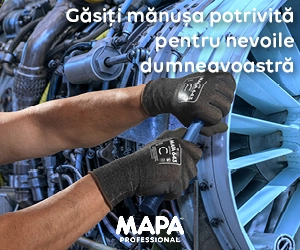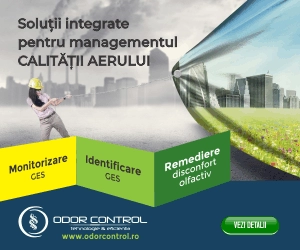HSE Education and Culture

article written by Adrian Campean, HSE Expert and published in the 2017 HSE Guide
I have been asking myself this question for a long time – does education develop the HSE culture or can we make education based on a HSE culture?
No discussion with my peers or my teachers has convinced me until I got the answer during a visit to Saint Etienne. A HSE educational program for kindergarten children related to the activity in the construction sites was being carried out. Preventers, teachers, trainers and children were “playing” in a park of the city where a “site” was set up.
Then followed a discussion with one of the project coordinators during which he explained that they have stated the need to begin the HSE education at the level of pre-school children in order to give a “start support” for its continuation to the next level and so on until the end of the professional life.
Upon my return to the country, I have made an investigation related to the education at the global level and I have stated that all the developed countries begin the HSE education at the age of 5-6 years old and they continue it, under various forms, throughout the whole life.
This way I have received the answer to my question – without the HSE education we will not be able to speak about the HSE culture.
In Romania the professional training in the HSE field is dual, regulated both by provisions resulted from Law 319/2006 (the course for the basic level and the post-university level), as well as free depending on the training needs of each company. Here we must speak, first of all, about the quality of the regulated training, about the knowledge and skills which those who attend this programme acquire, but also about the international recognition of this training. Unfortunately, we have come to have a huge number of graduates of these courses who do not reach an acceptable training level, although the graduation rate is almost 100%, as if this were a “mass education”. The major part of those who attend these courses hope to work in an external prevention and protection department or to set up their own company. The human side of our profession is missing here – that in which we have to deal with safety and health at the workplace, the well-being at the workplace, and not to see this activity as purely commercial.
Three big actors are missing in this educational chain (the regulated one) – the managers / heads of workplaces / workers, those on whom the safety level actually depends on in each company.
In the past three years we have tried to complete this lack of HSE education by training programmes adapted to each company and to each level of training. I have the surprise that many do not even know the legal basis (rights and obligations) and that they do not have responsibilities. In order to make both the managers and the heads of the workplaces aware, it was necessary to have a training programme which should present the effects of not taking the safety measures (court decisions) and the cost-benefit analyses from which they should understand that the HSE professional training is an investment in people, and not an expenditure.
There are companies which have a HSE management system, a HSE culture, HSE standards at the central level and which they try to implement in all the locations, but they face quite big difficulties or the results do not measure up to the efforts. Following the analysis, I have stated that there is not the necessary basis on which a HSE “culture” should be implemented and that their efforts will not have the expected results if the workers, the heads of the workplaces, the line management do not have a strong HSE education. This thing is obvious because the safety at the workplace does not come with a management system, but by each participant in the production process, by their proactive actions or even predictive actions.
We have realized together that no HSE culture could be developed without a strong HSE educational basis and the awareness and accountability of all the stakeholders.
The trainings which have resulted following the analysis of the training needs have been adapted to the specifics of the activity and to the participants’ level of competence, having a minimum graduation scale established, without compromises in terms of attendance, the proactive activity of the participants in the training and their responsible testing. The surprises have been quite big, the graduation rate has not been 100%, and the analysis of failures has provided information about the “gaps” in the HSE training of the participants and the new training directions to be followed. The project is also completed by an evaluation sheet which is taken into account for a potential professional promotion or stimulation of the participants.
In conclusion, I would like us to understand that we have a big need for HSE education, especially at the level of HSE experts, both formal and informal, but the training basis, the contents and especially the final evaluation must be re-analyzed, focused on results which provide a high level of quality of the graduates. This can be done by professional internationally recognized training centers and by an independent examination/certification system. Each type of training must provide the specific competences instead of having a single programme by which all the competences should be obtained. This means that there must also be training levels in line with the international practice (see ENETOSH, ENSHPO, OSHA USA, etc), which defines at least two levels of training for the HSE experts, but also the experience (seniority) which they must acquire to participate, graduate and exert this profession, followed by regular programmes for completing the competences, and their certification is granted by independent organizations which establish the minimum level of performance of the experts not only by graduating from training programmes, but also by their achievements in their activity area. Thus, they manage to make an efficient selection between those who have performance and those who complete a training course, namely they separate the right of practice from that of professional training.
Without an educational programme made by all the stakeholders together, we will not be able to have a pool of HSE experts who perform in their activity and grant the respect necessary for this profession.






